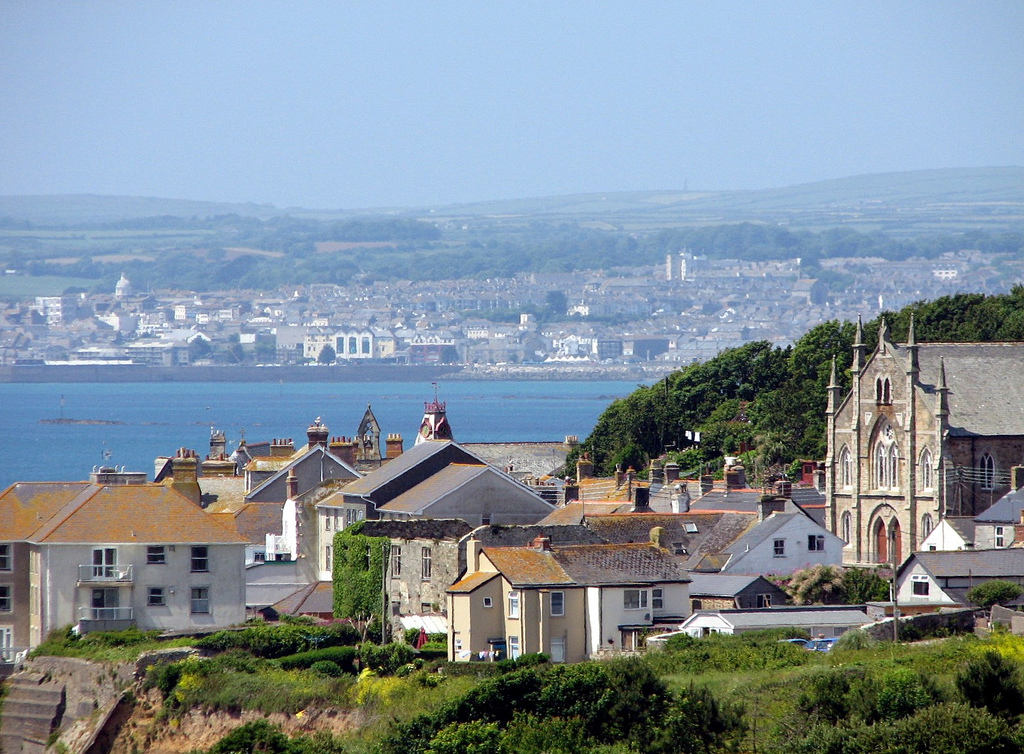Government report explores deep geothermal potential in the UK
A recently government supported study on the Deep Geothermal Potential in the United Kingdom, highlighted the fact of existing potential mostly in the South West England and Northern England, and provides concrete next steps that need to be taken for helping development to kick off.
There are no deep geothermal power plants in the UK, despite government grant awards and eligibility for the Renewables Obligation. The Department of Energy and Climate Change (DECC) therefore commissioned Atkins to draw together all the evidence to explore the sector’s potential. The study report is the output of this work.
The approach taken for selecting case studies employed two main criterias: a temperature of hotter than 100 degrees Celsius and a depth less than 5,000 meters (5 kilometers). Three regions in the UK were then used for illustrative purposes, low permeability granite source in South West England, high permeability granite source in Northern England, and deep sedimentary basin low level heat source in Cheshire.
The report includes a review of existing deep geothermal studies, an assessment of the feasibility of geothermal power production, a review of the costs and returns, the potential for technological innovation, and concludes with some possible next steps. The report focuses solely on geothermal energy for power generation, although combined heat and power system schemes have also been considered as part of the work.
In its conclusion, the report sees a potential for geothermal power production being concentrated in the granites of South West England (devon and Cornwall) and Northern England (Weardale and the Lake district). “However, the economic viability relying heavily on associated sale of geothermal heat as district heating trhough combined heat and power schemes.”, so the report. The potential for the granites of South West England, is described as currently 100 MW of electricity generation capacity. The Weardale and Lake District has a potential of less than 70 MWe, but could rise to between 100 and 1,000 MWe.
As part of the conclusions the report also highlights the risks and costs and provides some interesting recommendations and proposed next steps.
The following are seen as key next actions:
- Establish a roadmap for deep geothermal power generation which should include clarification on geothermal rights of ownership
- Provide a Government backed development fund to support initial project phases including drilling insurance and to finance deep boreholes for research and development (to be undertaken by academic or professional institutions and organisations such as joint industry projects in collaboration with the British Geological Survey)
Source: Atkins report. Deep Geothermal Review Study (link to pdf document)


















